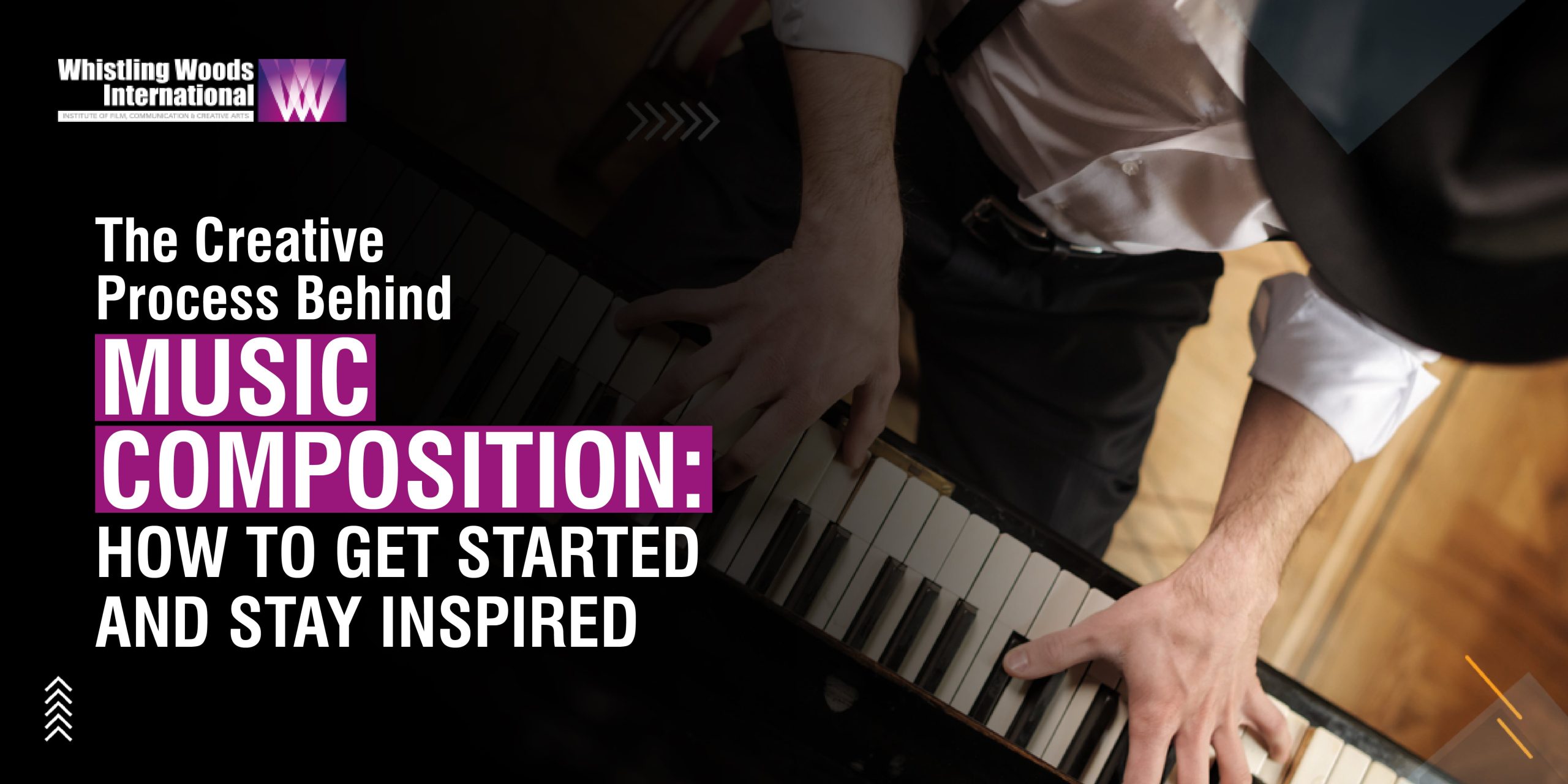Music composition is an intricate and captivating art form that has mesmerised people for centuries. Every day, countless individuals worldwide create new and exciting pieces of music, each with its distinctive style, essence, and emotional impact.
However, the composition process can seem intimidating, especially for beginners. With numerous musical genres, techniques, and tools available, aspiring composers may find it overwhelming to figure out how to start.
In this blog post, we will delve into the creative process of music composition, providing tips on beginning and, most importantly, maintaining inspiration throughout the journey.
Understanding the Creative Process
Before we delve into the specific techniques and strategies for music composition, it’s essential to understand the different stages of the creative process. These stages are:
- Inspiration: This is the starting point for any composition. Inspiration can come from anywhere – a melody or chord progression, a life experience, or even something as simple as rain.
- Idea Generation: Once you have found inspiration, it’s time to start generating ideas. It could involve experimenting with melodies, rhythms, and harmonies or playing different instruments or soundscapes.
- Development: After you have generated some ideas, the next step is to develop them into a full-fledged composition. It involves deciding on the structure of the piece, selecting the key and tempo, and fleshing out the individual parts of the composition.
- Refinement: Once you have developed your composition, it’s time to refine it. It includes editing, revising, and seeking feedback to ensure your music is as polished and effective as possible.
Finding Inspiration
The first step in the creative process is finding inspiration. Inspiration can come from anywhere, and remaining open and receptive is essential. Here are some ways to find inspiration for your music:
- Listen To Music: Listening to music is an excellent way to get inspired. Pay attention to different songs’ melodies, harmonies, rhythms, and structures. Take note of what you like and don’t like, and use that as a starting point for your own music.
- Explore Other Art Forms: Inspiration can also come from other art forms, such as visual art, literature, and film. Explore different artists and genres to find inspiration.
- Experience The World Around You: Sometimes, the best inspiration can come from the world around us. Take a walk, travel to new places, and immerse yourself in new experiences. You never know what might spark your creativity.
Idea Generation
Once you have found inspiration, the next step is to generate ideas. Here are some techniques you can use to create ideas for your music:
- Improvisation: Improvisation is an excellent way to generate ideas. Play around with different chords and melodies, and see where they take you.
- Experimentation: Experiment with different instruments, sounds, and textures. Try layering different sounds and see how they interact with one another.
- Collaboration: Collaboration with other musicians can be an excellent way to generate new ideas. Work with other musicians to create music that combines your unique styles and approaches.
Development
After you have generated some ideas, the next step is to develop them into a full-fledged composition.
- Structure: Decide on the structure of your piece. Will it have an intro, verse, chorus, and bridge? Or will it be more free-form? Think about how you want your music to flow and what emotional impact you want it to have.
- Harmony: Choose the chords that will form the backbone of your composition. Experiment with different chord progressions to create different moods and emotions.
Refinement
Once you have developed your composition, it’s time to refine it. It involves editing, revising, and seeking feedback to ensure your music is as polished and effective as possible. Here are some techniques you can use to refine your composition:
- Editing: Go through your composition and make any necessary changes. It could include simplifying certain parts, adding or removing elements, or adjusting the structure.
- Revising: After editing, revisit your composition and ensure everything fits together cohesively. Listen to the piece multiple times and make any necessary adjustments.
- Feedback: Seek feedback from other musicians, producers, or music teachers. It will give you an outside perspective and help you identify areas for improvement.
Attending A Music Production & Composition School
Attending a music production school can be a great way to learn more about the creative process behind music composition and what is composition in music. These schools offer music theory, composition, production, and performance courses and provide students with film music composition courses too.
In addition, attending a music production school can help aspiring composers connect with other musicians and industry professionals, providing opportunities for collaboration and networking.
Whistling Woods International is one such school that can help you break into the music industry. Our music composition course is designed to provide aspiring musicians and composers with the necessary skills and knowledge to succeed in the music industry.
The WWI music production and composition course is a comprehensive programme covering all aspects of music creation, from the basics of music theory to the advanced techniques used in modern music production. Our industry experts design the course curriculum and focus on practical learning, providing students with hands-on experience using state-of-the-art equipment and software.
Music composition course offered by us:
BA in Music Production & Composition | (3 Years)
This course is designed to provide students with a strong foundation in music production techniques and composition skills. Throughout the programme, students learn about music theory, songwriting, arranging, sound design, and recording techniques. They also gain hands-on experience with industry-standard software and equipment used in music production. The curriculum focuses on both technical skills and creative aspects, allowing students to develop their own unique musical style.
You can visit our website to learn more about our curriculum and other courses.

